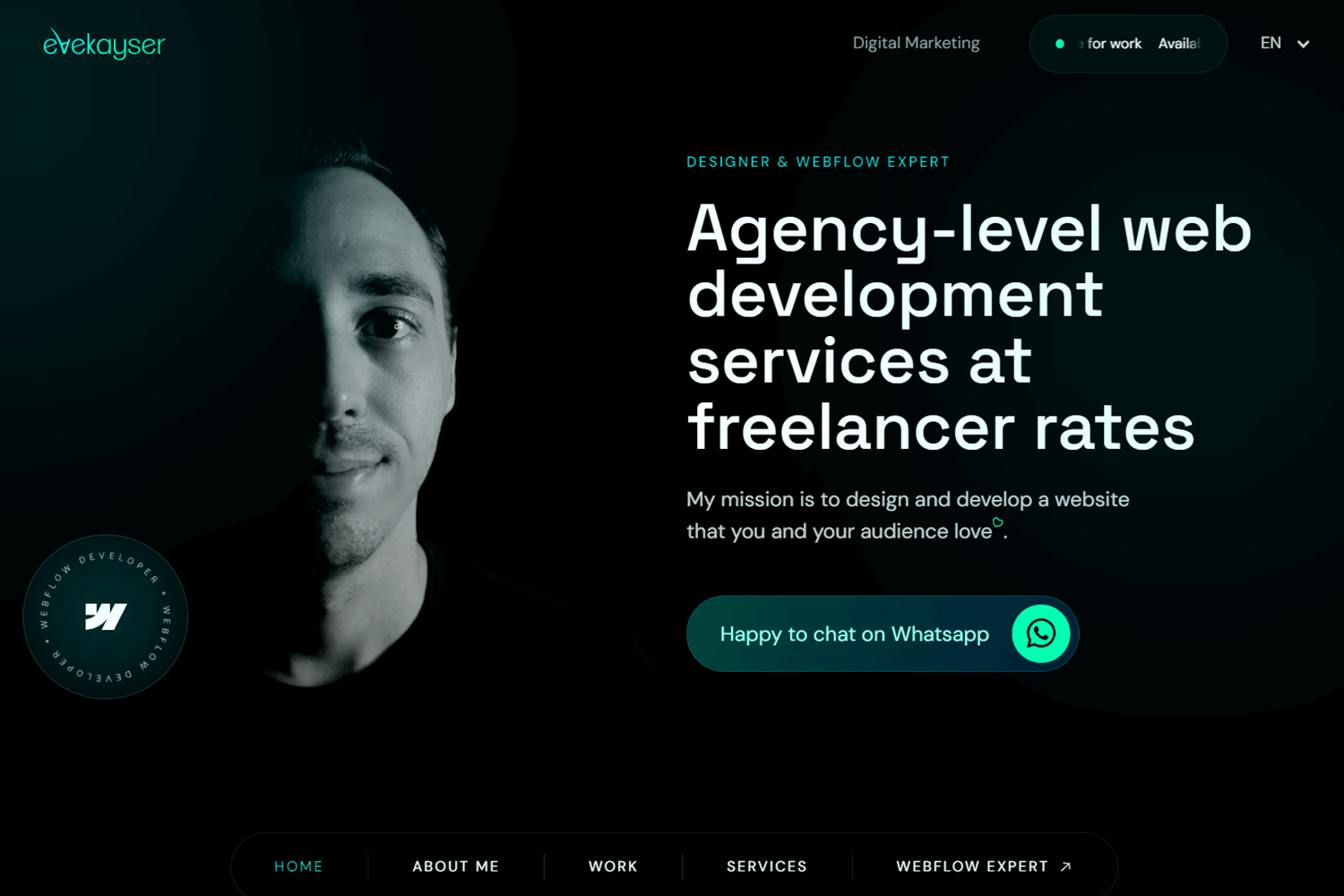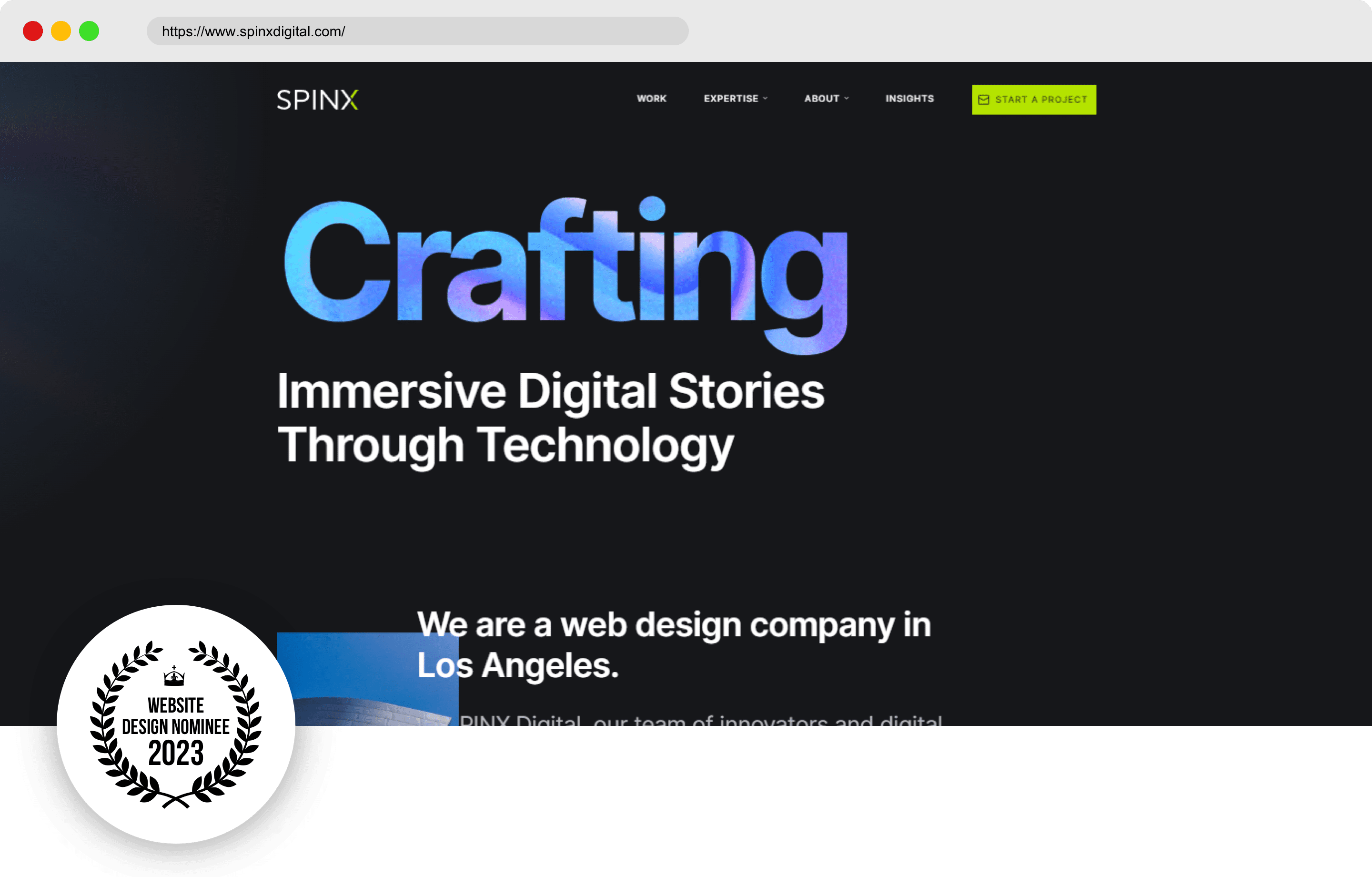Recognizing the Role of Responsive Design in Modern Web Site Development
In today's electronic landscape, receptive layout is no more a high-end however a need in site growth. As users access web sites from a selection of tools, from extensive desktop computer keeps track of to pocket-sized smartphones, making certain a engaging and constant individual experience is extremely important. Receptive design completes this by employing scalable media and adaptable designs, dealing with the nuanced needs of each tool. The significance of receptive design extends past customer experience-- it is also a critical variable in search engine optimization and accessibility. Just how specifically does it affect these locations, and what approaches ensure its reliable application?
Value of Responsive Layout
In today's digital landscape, the significance of receptive design in site growth can not be overemphasized. As consumers significantly depend on a variety of gadgets-- ranging from computer to mobile phones and tablets-- guaranteeing a seamless user experience across all platforms has actually come to be crucial. Receptive design enables websites to automatically readjust their layout and functionality based upon the screen size and positioning of the device being made use of. This versatility enhances customer involvement and complete satisfaction by giving consistent accessibility to web content without requiring manual changes such as zooming or scrolling.
Furthermore, receptive layout is critical for seo (SEO) Internet search engine like Google focus on mobile-friendly sites in their search engine result, indicating that a receptive style can significantly influence a website's exposure and position. This optimization not just improves the user experience yet additionally drives natural web traffic and boosts the potential for conversion and revenue generation.
In enhancement, responsive design offers businesses an economical service by removing the need for several variations of an internet site. By enhancing internet growth processes and reducing upkeep initiatives, companies can allot sources a lot more effectively, eventually resulting in boosted return on investment. Therefore, receptive layout is indispensable in today's affordable electronic environment.
Trick Elements of Responsive Design
To successfully apply responsive design, it is necessary to concentrate on several crucial elements that make sure ideal capability and individual experience throughout varied gadgets. Among the fundamental components is the versatile grid design, which allows designers to create fluid grids that immediately adapt to different screen sizes. This makes sure that content preserves proportionality and readability, no matter the tool being used.

Additionally, touch-friendly navigation is indispensable for receptive style. Implementing conveniently tappable switches and intuitive gesture controls enhances functionality on touchscreen tools. Prioritizing efficiency optimization is also vital, as it improves loading times and reduces bounce rates, specifically on mobile connect with variable speed.
Last but not least, using a mobile-first strategy makes certain that the style is initially maximized for smaller sized displays prior to broadening to fit desktop computers. This technique guarantees that necessary performance and looks are preserved throughout all platforms, ultimately enhancing the general individual experience.
Effect On User Involvement
Responsive layout significantly influences user engagement by improving accessibility and contentment across different gadgets. By making certain that a web site's format adapts seamlessly to different display dimensions, receptive layout allows individuals to access web content effortlessly, whether they are making use of a smartphone, tablet computer, or desktop computer . This versatility decreases the requirement for unnecessary zooming or scrolling, giving an extra instinctive and enjoyable browsing experience. Because of this, customers are a lot more most likely to remain on the website much longer, check out added pages, and connect with the material, every one of which are essential signs of enhanced involvement.
Additionally, responsive style adds to much faster page filling times, which is important for retaining user interest. Customers are more likely to desert a site if it takes as well lengthy to tons, particularly on smart phones. By optimizing performance for varied platforms, responsive design decreases loading delays, keeping users involved and lowering bounce rates.
Search Engine Optimization Perks of Responsive Style
While enhancing customer experience is a main objective, responsive design likewise plays an important duty in boosting a website's search engine optimization (SEARCH ENGINE OPTIMIZATION) Online search engine, notably Google, prioritize mobile-friendly websites, therefore compensating those that use seamless experiences throughout gadgets. Receptive layout makes sure that a web site adapts to various display sizes, removing the demand for different mobile and desktop variations. This versatility not only improves this hyperlink customer experience but likewise lowers the danger of duplicate content, which can negatively impact search engine optimization positions.
Moreover, responsive style help in faster page filling times, a crucial aspect in search engine optimization. Internet search engine prefer internet sites that pack rapidly, acknowledging that individuals are most likely to desert sites that take also lengthy to display. By utilizing responsive layout, designers can streamline and maximize images material, guaranteeing effective filling and boosted internet search engine rankings.
Additionally, a cohesive URL framework throughout devices simplifies the indexing procedure for search engines, improving crawl effectiveness. This uniformity in URLs strengthens a site's authority and reputation, bring about improved presence in search results. In recap, responsive style is not merely a trend but a basic part of SEO strategy, ensuring sites are both straightforward and online search engine compatible.
Carrying Out Receptive Style Methods
In the realm of contemporary web growth, carrying out receptive style strategies is comparable to crafting a flexible canvas that adjusts seamlessly to numerous screen measurements. Central to this method is using versatile grid-based formats, which utilize family member systems like portions rather than taken care of systems such as pixels. This guarantees that content scales properly throughout devices. One more important technique includes employing media inquiries, which allow programmers to apply different styles based upon the qualities of the tool, such as resolution, size, and height.
Responsive images and media are additionally essential elements. By using methods like CSS media queries and the HTML 'image' component, developers can offer properly sized pictures based on the customer's tool, maximizing tons times and boosting individual experience. In addition, the unification of fluid typography makes certain that text is legible and aesthetically pleasing on any type of screen, accomplished with scalable systems like 'rapid eye movement' and 'em'.

Final Thought
Responsive design makes up a vital aspect of modern internet site advancement, substantially boosting individual experience throughout a series of tools. By integrating adaptable layouts, scalable pictures, and touch-friendly navigation, it boosts user interaction and optimizes site performance. Responsive you could try this out layout is pivotal for SEO, as it aligns with search engines' preference for mobile-friendly websites, consequently boosting exposure and natural web traffic. Eventually, executing responsive design strategies ensures improved access view website and use, rendering sites much more user-centric and efficient.
To effectively apply responsive layout, it is crucial to focus on a number of key elements that make sure optimal functionality and customer experience across varied devices.Responsive design substantially affects user engagement by enhancing accessibility and contentment across different gadgets. By making certain that a web site's layout adapts flawlessly to various display sizes, responsive design allows users to gain access to material easily, whether they are utilizing a mobile phone, tablet computer, or desktop .While enhancing customer experience is a main goal, receptive style additionally plays a vital duty in boosting a web site's search engine optimization (SEARCH ENGINE OPTIMIZATION)Receptive layout makes up an important aspect of modern website growth, significantly boosting user experience across an array of devices.